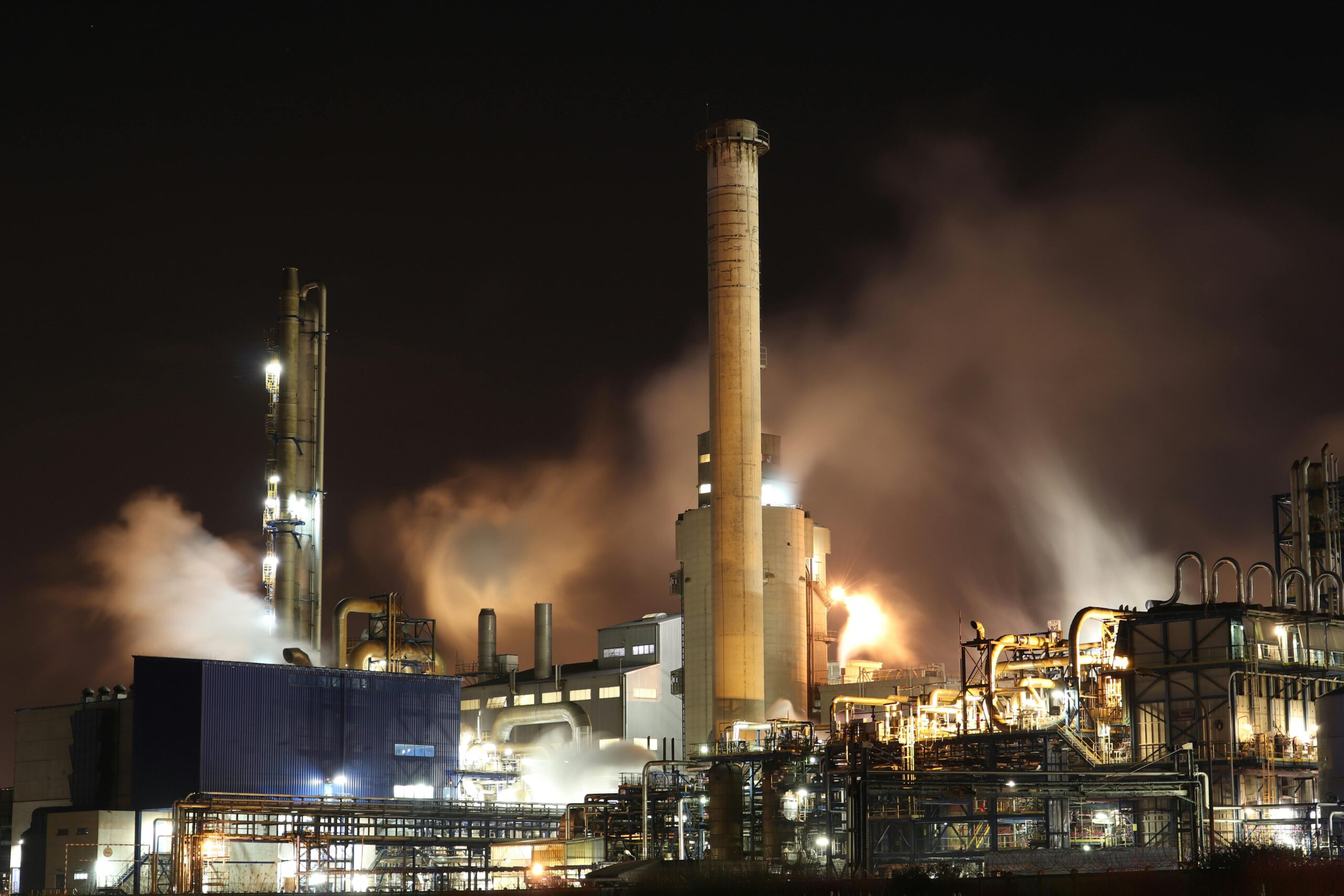The American Civil War (1861-1865) was a defining moment in U.S. history, not only for its profound impact on the nation’s social and political landscape but also for its pivotal role in shaping the course of American capitalism. The aftermath of the Civil War ushered in a period of unprecedented industrial growth, laying the foundation for the emergence of the United States as a global economic powerhouse. This blog delves into how the war’s conclusion catalyzed industrialization and the rise of American capitalism during the post-war era.
- The War’s Economic Impact: Disruption and Opportunity
The Civil War had a profound economic impact on the United States, disrupting traditional industries and supply chains while simultaneously creating new opportunities for economic development. The destruction of infrastructure in the South, combined with the loss of labor due to the emancipation of enslaved people, presented significant challenges. However, these challenges also paved the way for transformation. Northern industries, having been bolstered by wartime production, seized the opportunity to expand into new markets, fueling a surge in industrial growth.
- The Emergence of Industrial Giants
In the wake of the Civil War, the United States saw the rise of several industrial giants whose influence would shape the nation’s economic landscape for decades to come. Figures like Andrew Carnegie in steel, John D. Rockefeller in oil, and J.P. Morgan in finance emerged as key players in the burgeoning industrial economy. Their ventures were not just about personal wealth but about creating vast industrial empires that would drive American capitalism forward. Carnegie’s steel empire, for instance, played a crucial role in the construction of railroads, bridges, and skyscrapers, which were essential to America’s industrial expansion.
- Technological Advancements and Industrial Growth
The post-war era was marked by significant technological advancements that spurred industrial growth. Innovations such as the Bessemer process for steel production, the telegraph, and the expansion of the railroad network revolutionized various industries. The railroad industry, in particular, was pivotal, connecting distant markets and facilitating the movement of goods across the country. This integration of national markets contributed to the rise of mass production and consumer culture, hallmarks of American capitalism.
- Labor and Immigration: Fueling the Industrial Machine
The industrial boom of the late 19th and early 20th centuries was also fueled by an influx of labor. The Reconstruction era saw a significant migration of freed Black individuals seeking economic opportunities in the North, while immigrants from Europe poured into the United States, drawn by the promise of employment and a better life. This labor influx provided the workforce needed to sustain the rapid industrial expansion. However, the labor conditions were often harsh, leading to the rise of labor unions and workers’ rights movements, which would become a significant aspect of American economic and social policy.
- The Gilded Age: Capitalism’s Ascendancy
The late 19th century, known as the Gilded Age, was characterized by rapid economic growth and industrialization, but also by stark social inequalities. While industrialists amassed enormous fortunes, the wealth was unevenly distributed, leading to significant social and economic disparities. This period saw the consolidation of corporate power and the rise of monopolies, sparking debates about the role of government in regulating business practices. The Sherman Antitrust Act of 1890 and subsequent legislation were early attempts to address these concerns and ensure fair competition in the marketplace.
- The Legacy of Post-War Industrialization
The industrial growth following the Civil War laid the groundwork for the United States’ emergence as a global economic leader in the 20th century. The innovations and economic strategies developed during this period not only transformed the American economy but also set the stage for its future successes. The legacy of this era can be seen in the continued evolution of American capitalism, characterized by ongoing advancements in technology, shifts in labor markets, and the persistent influence of major corporations.
In conclusion, the Civil War was a catalyst for profound economic transformation in the United States. The disruptions caused by the war, combined with the opportunities that arose from them, facilitated the rapid rise of American capitalism and industrial growth. The post-war era set the stage for the United States to become a major economic power, with its industrial giants, technological innovations, and labor shifts playing crucial roles in shaping the nation’s economic future. The rise of American capitalism in the wake of the Civil War remains a testament to the dynamic interplay between conflict, opportunity, and economic evolution.













Recent Comments